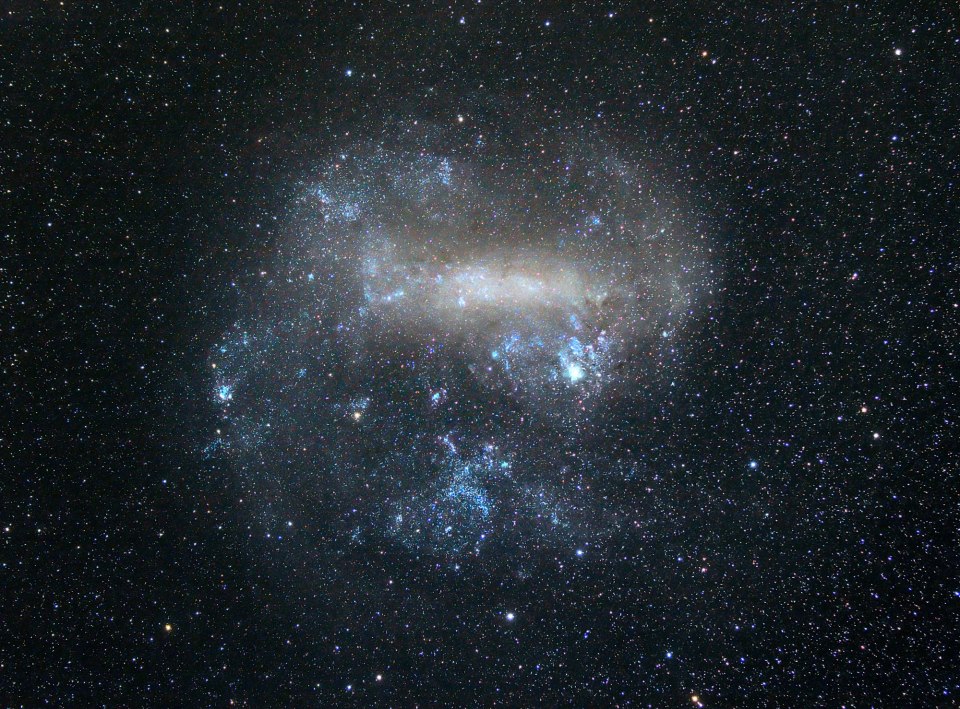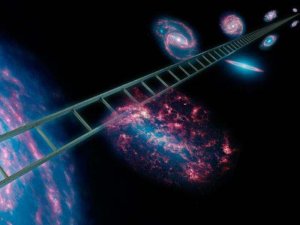

For the last decade, astronomers at the ESO’s La Silla Observatory (Chile) have been making very careful observations in an attempt to more accurately measure the distance to the Large Magellanic Cloud (LMC), the Milky Way’s closest neighboring galaxy. Having this new measurement will help us shape our understanding of the universe. It will improve our ability to accurately measure distances to more distant objects, thus making measurements of our standard candles more precise (leading to a superior cosmic distance ladder). In turn, this relates to an improved ability to measure the size of the universe as well as enhancing our understanding and knowledge of the expansion of the universe – narrowing the gap of uncertainty in the Hubble Constant.
Without further adieu, I’m going to give y’all the number for which you have all been waiting. The Large Magellanic Cloud is…
*Drum roll please*
163,000 +/- 3586 light-years away.
Unfortunately, that’s quite a ways off. It would take us hundreds of thousands of years to get there. So, for now, we’ll just have to observe from a distance. At the moment, we have measured this accuracy to 2.2% – a great improvement over the sevenish percent accuracy of the old measurements. The team at La Silla is certain they’ll be able to further refine the accuracy of this measurement over the next couple of years – hopefully to the 1% range.

Scientists use the cosmic distance ladder to determine how far away objects are from Earth and the Milky Way. The ladder is comprised of several methods, many of which rely on the use of different ‘standard candles’ and parallaxes, depending on the object in question. In the case of this measurement, scientists primarily used data from a standard candle using eclipsing binaries.
As a side note, a candle is an object with a known brightness (or luminosity). By measuring how dim the candle appears and comparing it to how bright we know it to be, astronomers are able to extrapolate the distance to the candle.
Eclipsing binaries aren’t an uncommon candle to use, but astronomers have traditionally used hot binary pairs. In order to use these stars, we’ve had to make some assumptions about the stars and this, obviously, leads to less-accurate information. This time, scientist observed eight binary systems where both stars in the binary pair are red dwarfs – this type of binary system in extraordinarily rare.
These new measurements will go on to immediately affect many different areas in cosmology and astrophysics as a whole as we improve upon the accuracy of our interstellar tape measure.